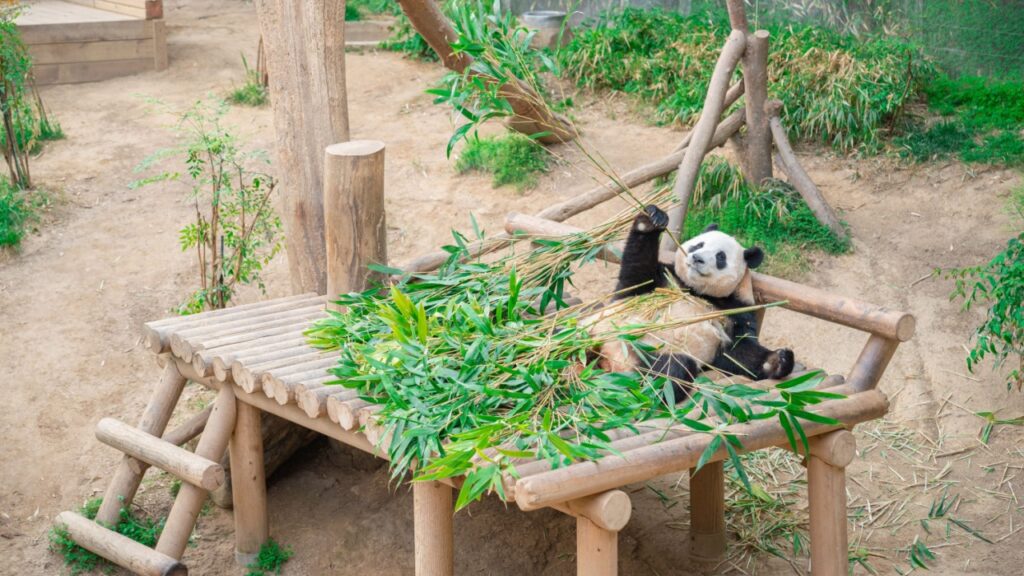Bamboo, a plant that evokes images of lush Asian forests and peaceful gardens, is more than just a decorative plant or construction material; it’s a vital source of nourishment for a variety of animals. However, relying on this tough, fibrous plant for sustenance is not without its challenges. As we explore 15 creatures that consume bamboo, we’ll uncover the hidden struggles and adaptations these animals face in their quest for survival. Join us as we delve into the lives of these unique creatures, revealing a side of nature that blends beauty with a stark reality.
1. Giant Pandas: The Iconic Bamboo Eaters
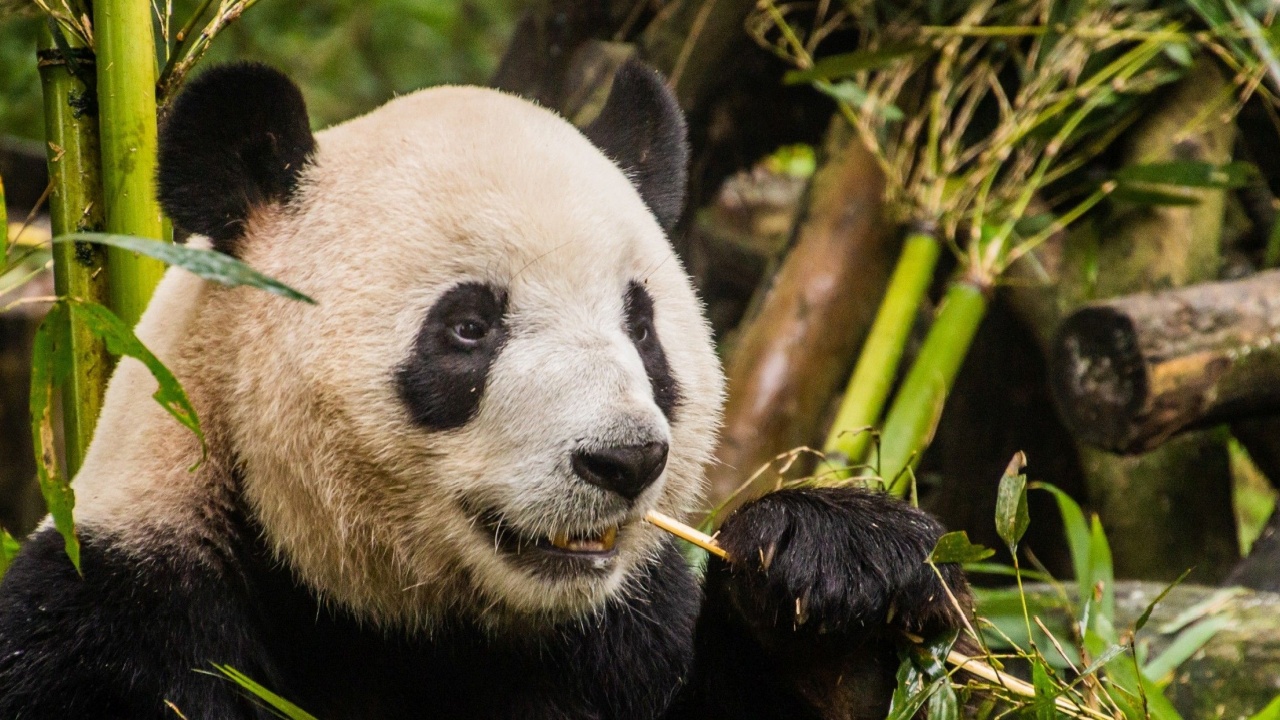
Giant Pandas are synonymous with bamboo, relying on it for 99% of their diet. These beloved bears spend up to 16 hours a day chomping on bamboo, a testament to the plant’s low nutritional value. Despite their peaceful demeanor, pandas face the constant stress of finding enough bamboo to sustain their large bodies.
2. Red Pandas: The Lesser-Known Bamboo Lovers
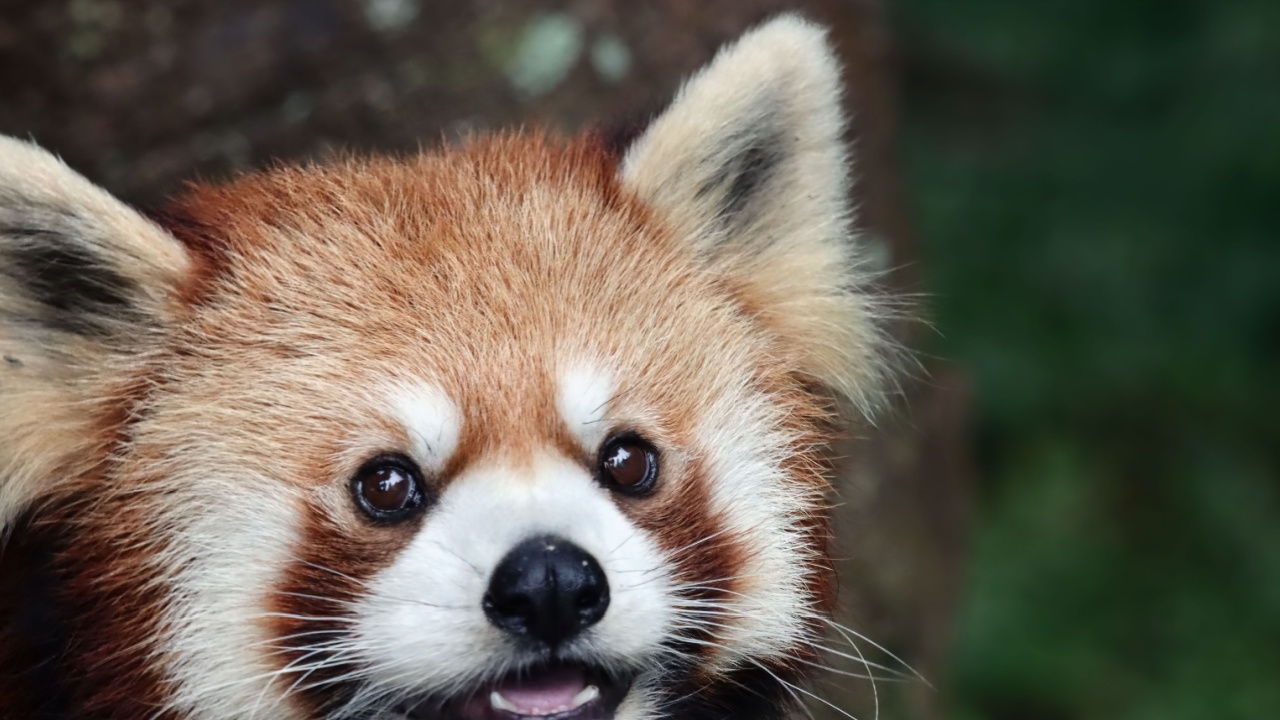
Red Pandas, with their fiery fur and masked faces, also rely heavily on bamboo. Unlike their giant cousins, they eat the leaves and tender shoots, avoiding the tough stalks. Living in the treetops of the Himalayas, they face the daily challenge of navigating the thinning bamboo forests.
3. Bamboo Lemurs: The Madagascar Munchers
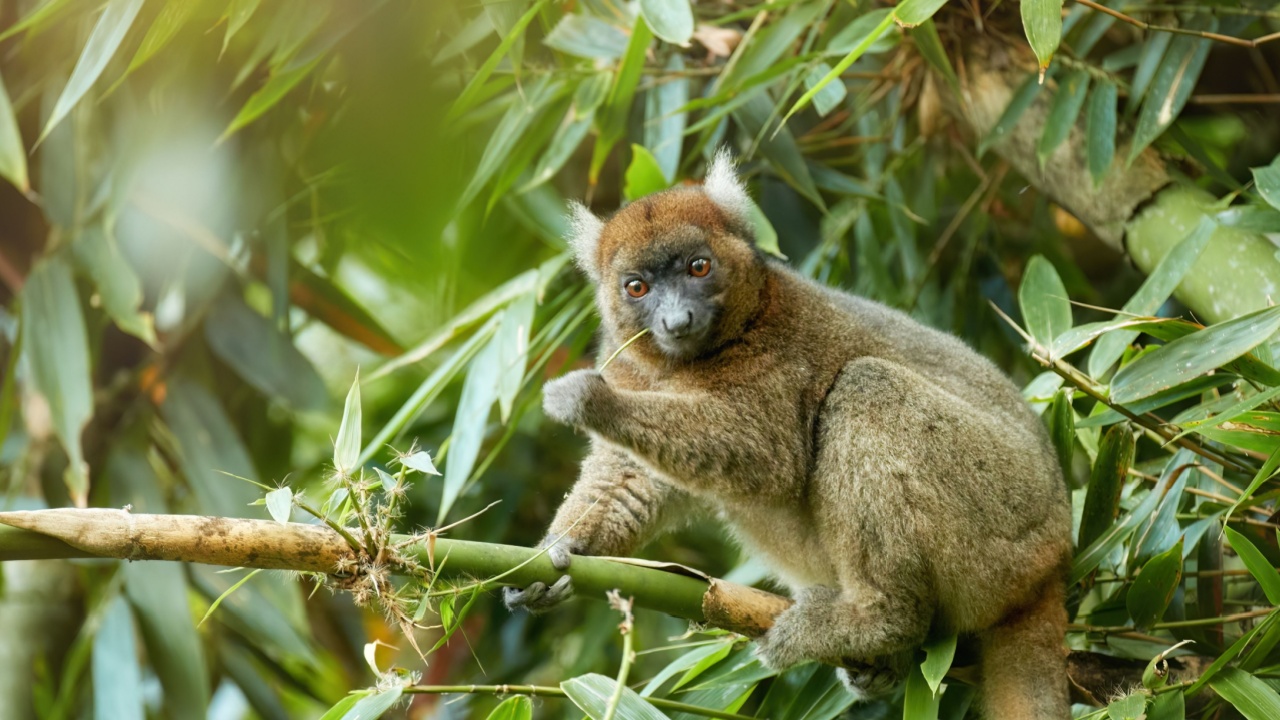
Bamboo lemurs, residing in Madagascar’s forests, consume bamboo that contains amounts of cyanide that would be lethal to other animals. Their small size belies the danger of their diet, making their survival a precarious balance between nutrition and poison.
4. Mountain Gorillas: The Gentle Giants
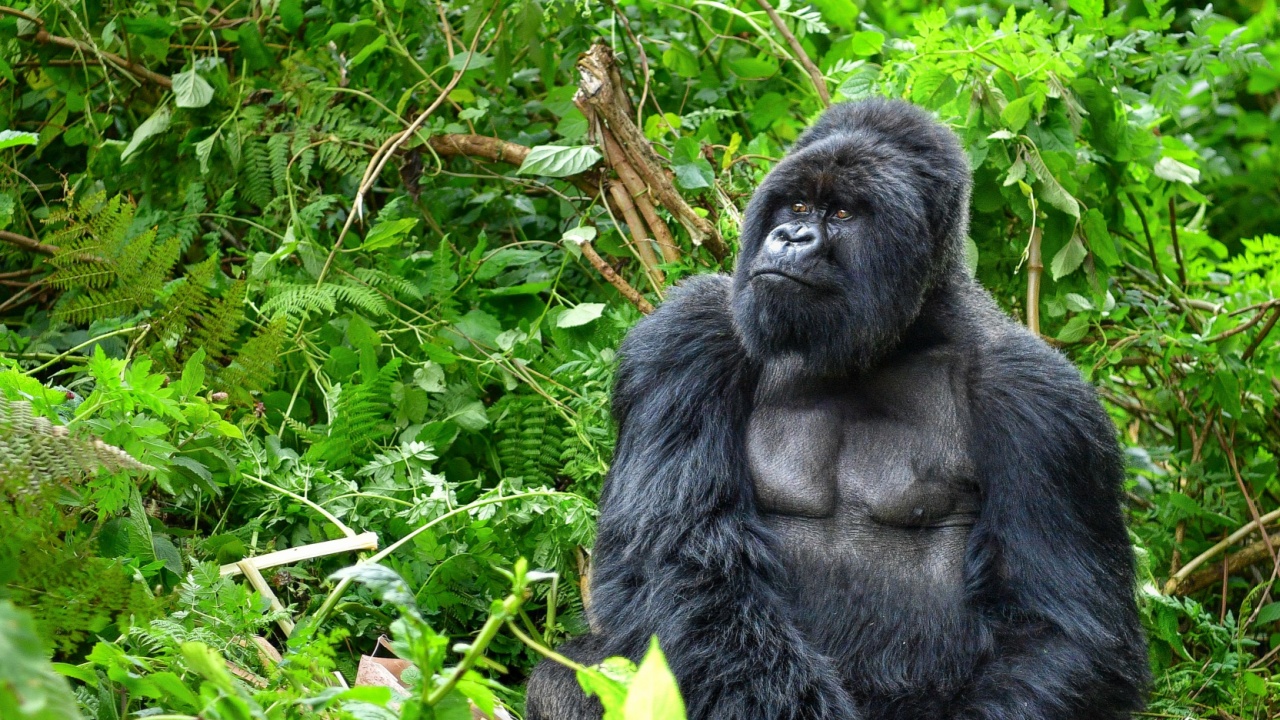
Mountain Gorillas occasionally turn to bamboo to supplement their diet. These massive primates demonstrate remarkable strength and intelligence, but their reliance on limited resources like bamboo makes them vulnerable to habitat loss and human encroachment.
5. Golden Monkeys: The Vibrant Vegetarians
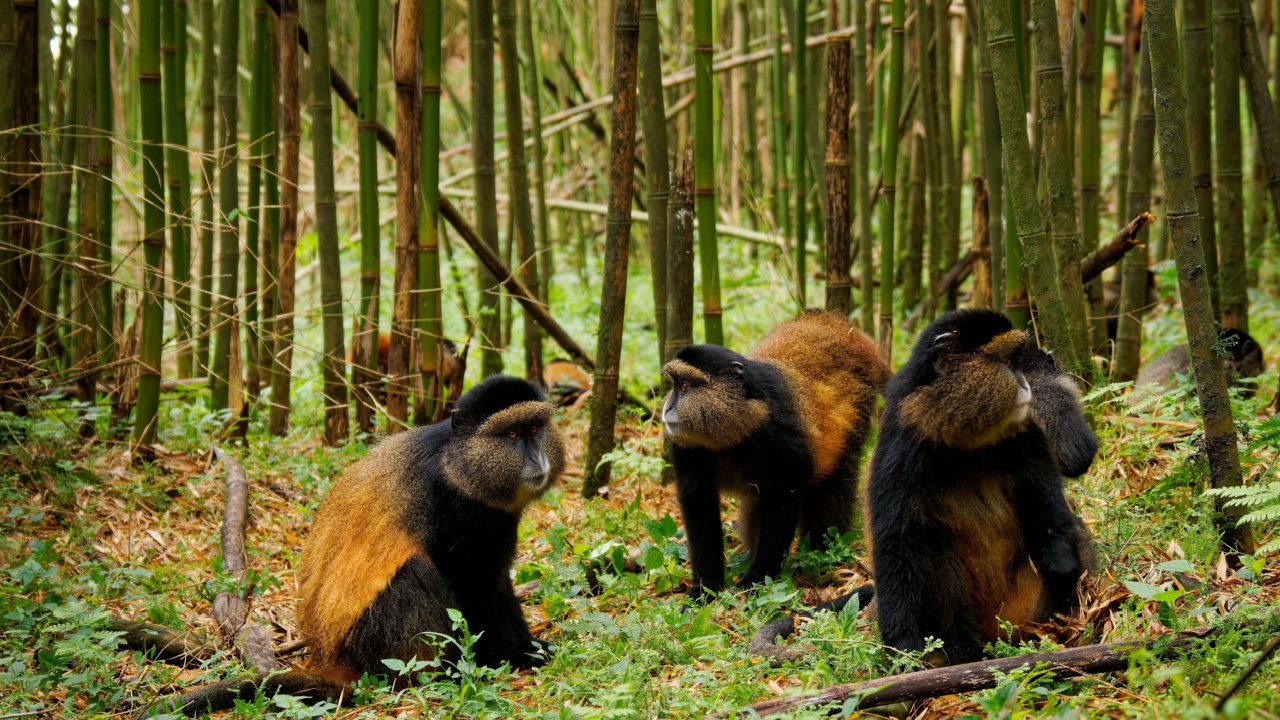
Golden Monkeys, with their striking fur and expressive faces, consume young bamboo leaves as part of their varied diet. Living in the high-altitude forests, they must constantly search for sufficient food, a task made harder by shrinking habitats.
6. Chinchillas: The Andean Nibblers

Chinchillas, native to the Andes Mountains, feed on bamboo leaves as part of their diet. These fluffy rodents are adapted to a harsh environment, but their need for vegetation like bamboo places them at risk as their natural habitat diminishes.
7. Bamboo Rats: The Underground Foragers
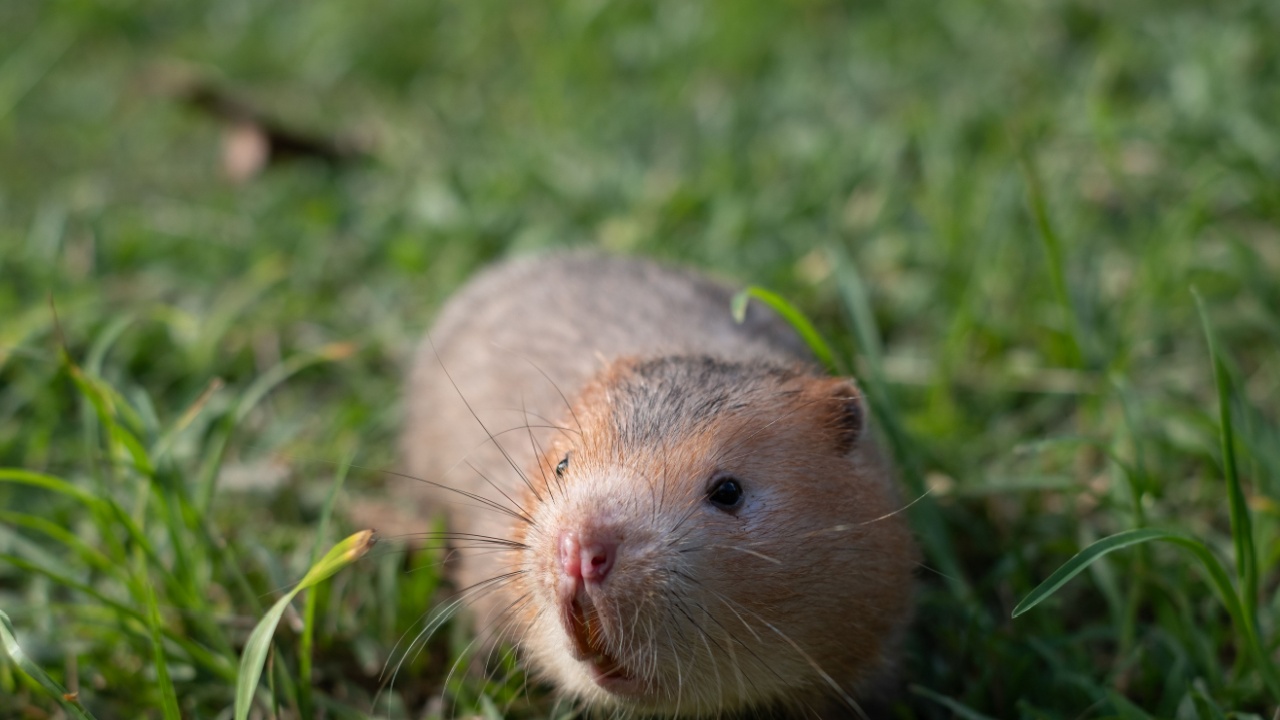
Bamboo rats, found throughout Asia, live in burrows near bamboo groves. They feed on the roots and shoots, emerging under cover of darkness to avoid predators. Their secretive lifestyle is a direct response to the dangers of the surface world.
8. Elephants: The Unexpected Consumers
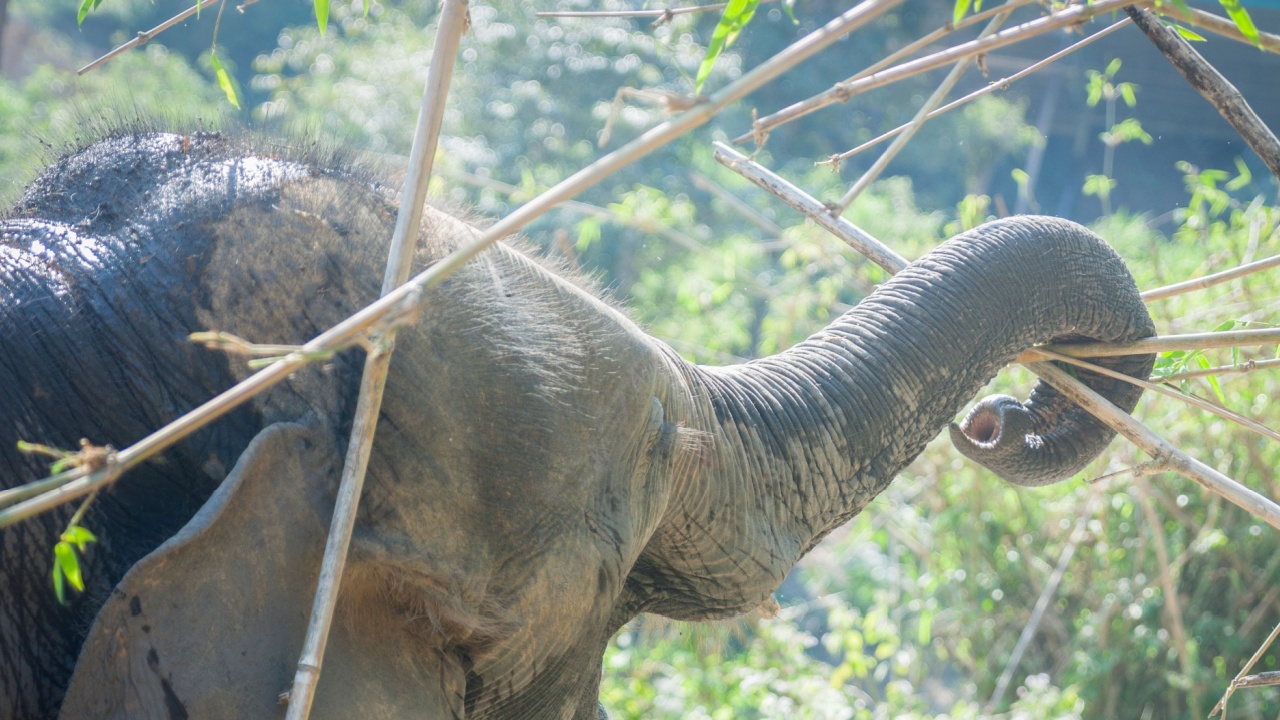
Asian Elephants, in times of scarcity, may consume bamboo. These enormous creatures require vast amounts of food daily, and bamboo groves can provide a temporary respite. However, their size and need for diverse nutrition make reliance on bamboo a last resort.
9. Binturongs: The Arboreal Omnivores
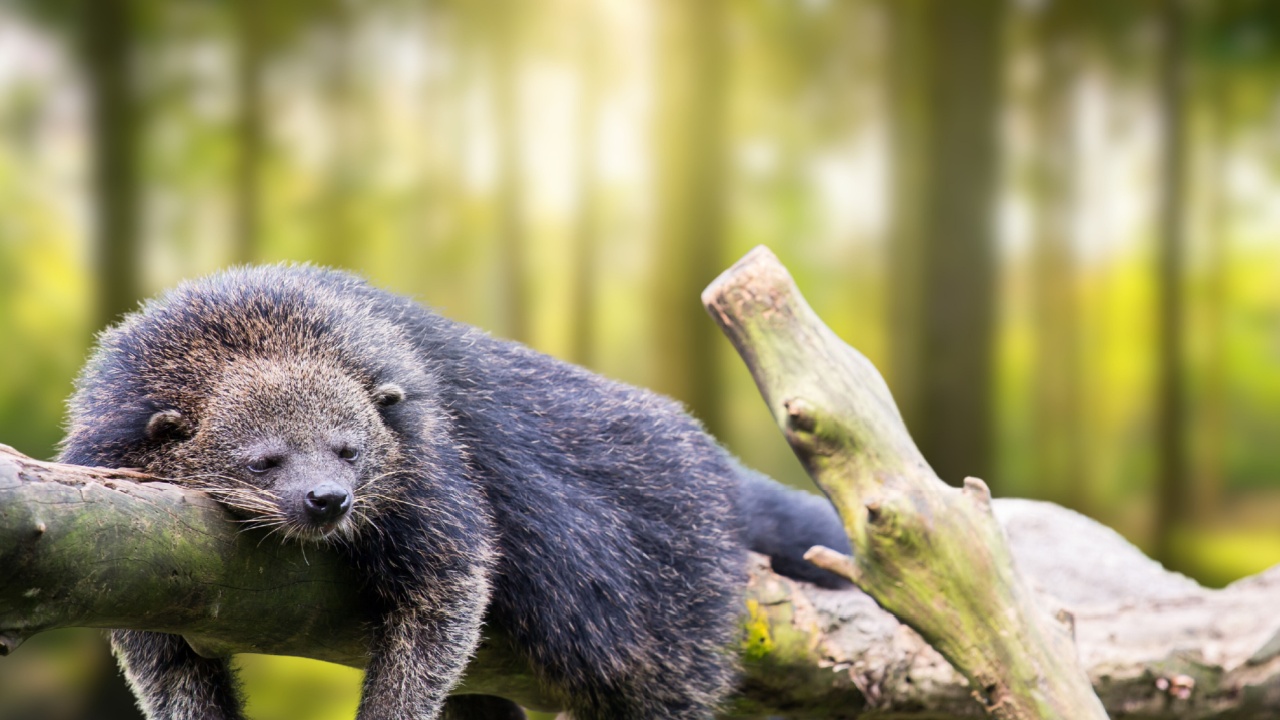
Binturongs, or bear cats, occasionally eat bamboo shoots along with fruits and small animals. These tree-dwelling mammals face a world of challenges, from deforestation to illegal wildlife trade, making every meal a precious commodity.
10. Hoary Bamboo Rats: The Isolated Dwellers
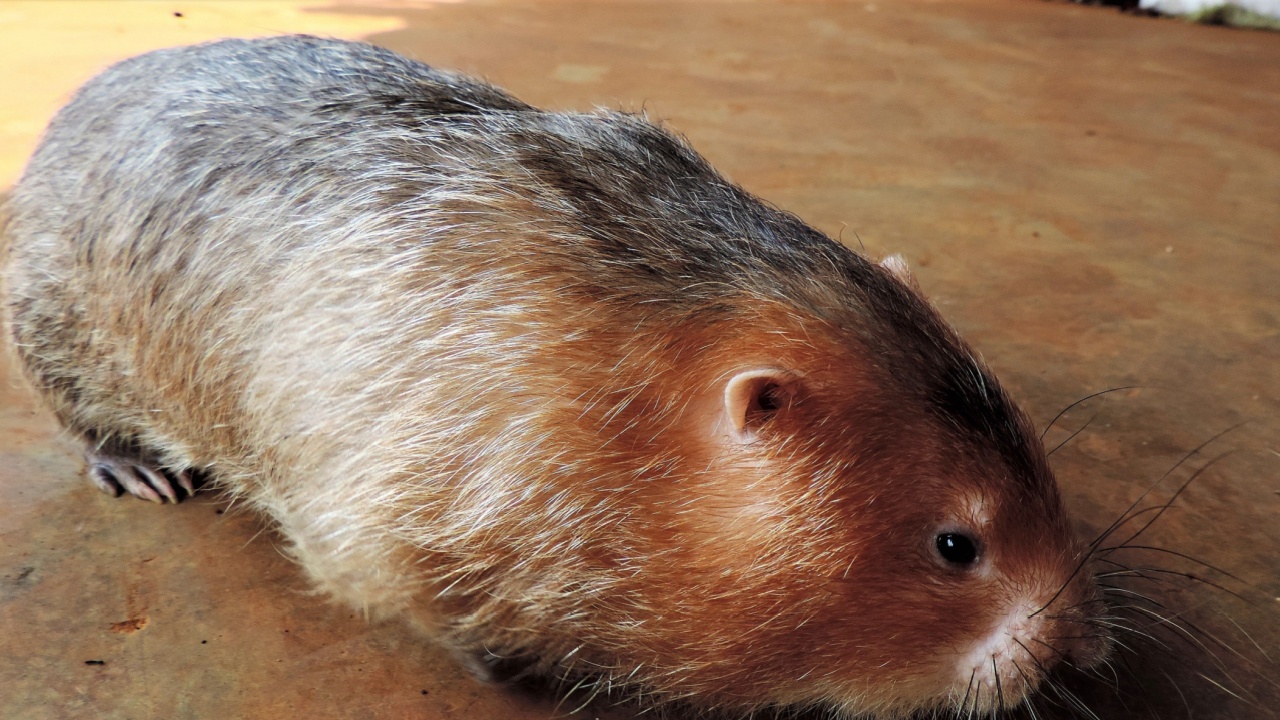
Hoary Bamboo Rats, residing in the Southeast Asian forests, are another species that feed on the roots and shoots of bamboo. Their lives are a hidden struggle for survival, with every foray for food a risk in the increasingly fragmented forests.
11. Greater Bamboo Lemurs: The Specialists
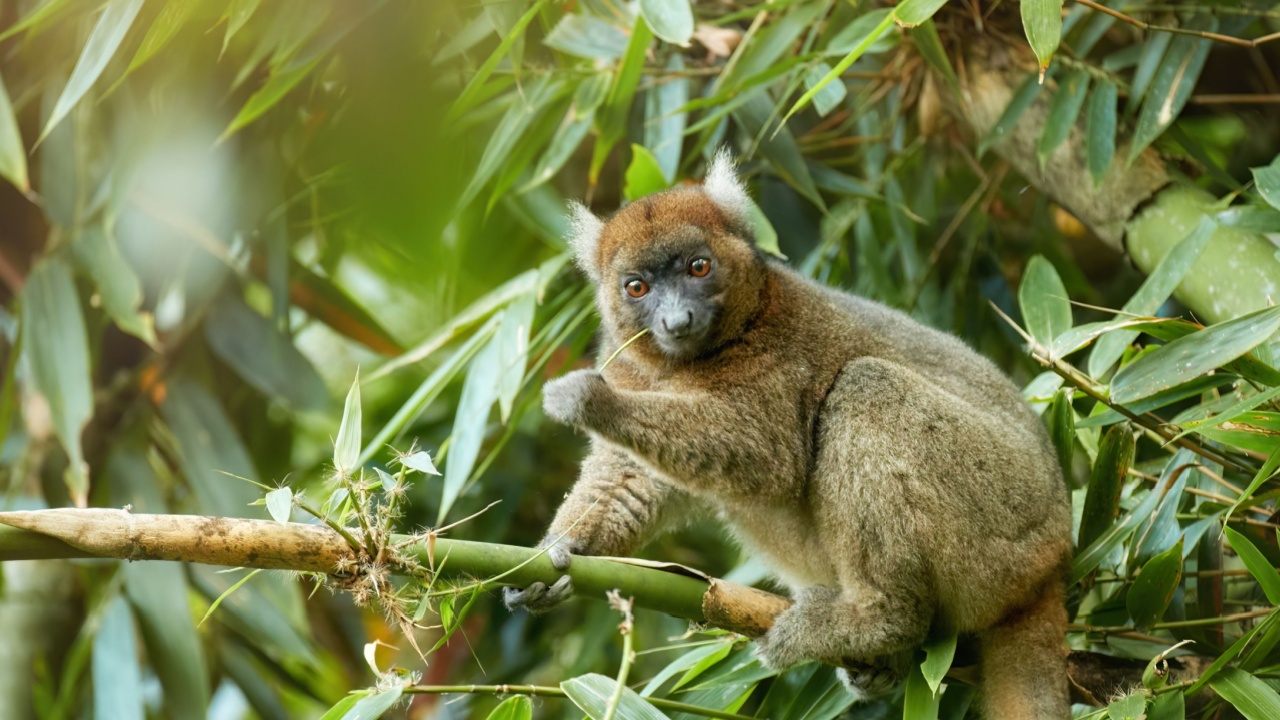
Greater Bamboo Lemurs are another Malagasy species that have specialized in eating bamboo. They consume large quantities of the plant, including parts that are toxic to most animals. Their specialized diet makes them incredibly vulnerable to habitat loss.
12. Bamboo Pit Vipers: The Opportunistic Predators

While not direct consumers of bamboo, Bamboo Pit Vipers thrive in bamboo groves where they hunt rodents and birds. Their existence is tied to the health of these groves, making them indirect victims of deforestation and habitat destruction.
13. Tanuki (Raccoon Dogs): The Adaptable Foragers
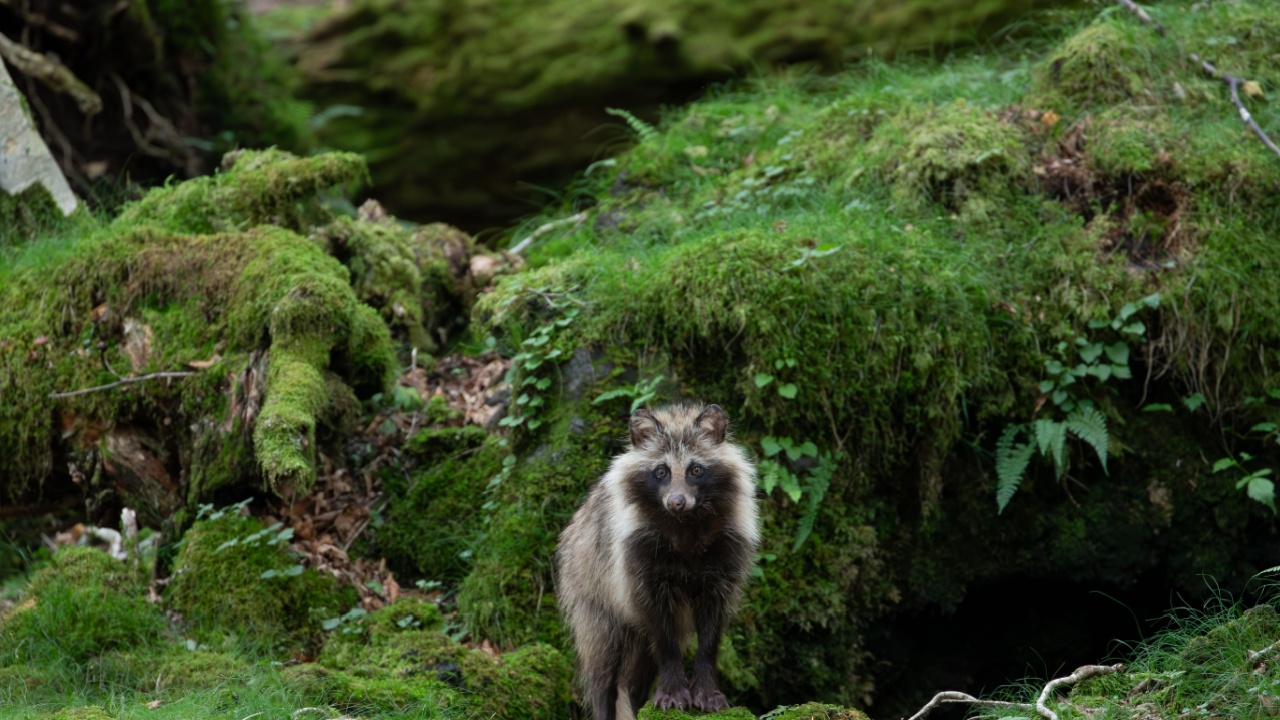
Tanukis, native to East Asia, are known for their adaptable diet, which includes bamboo shoots. These canid relatives face numerous threats, from urbanization to being hunted for their fur, making their survival a constant battle.
14. Gibbons: The Agile Acrobats
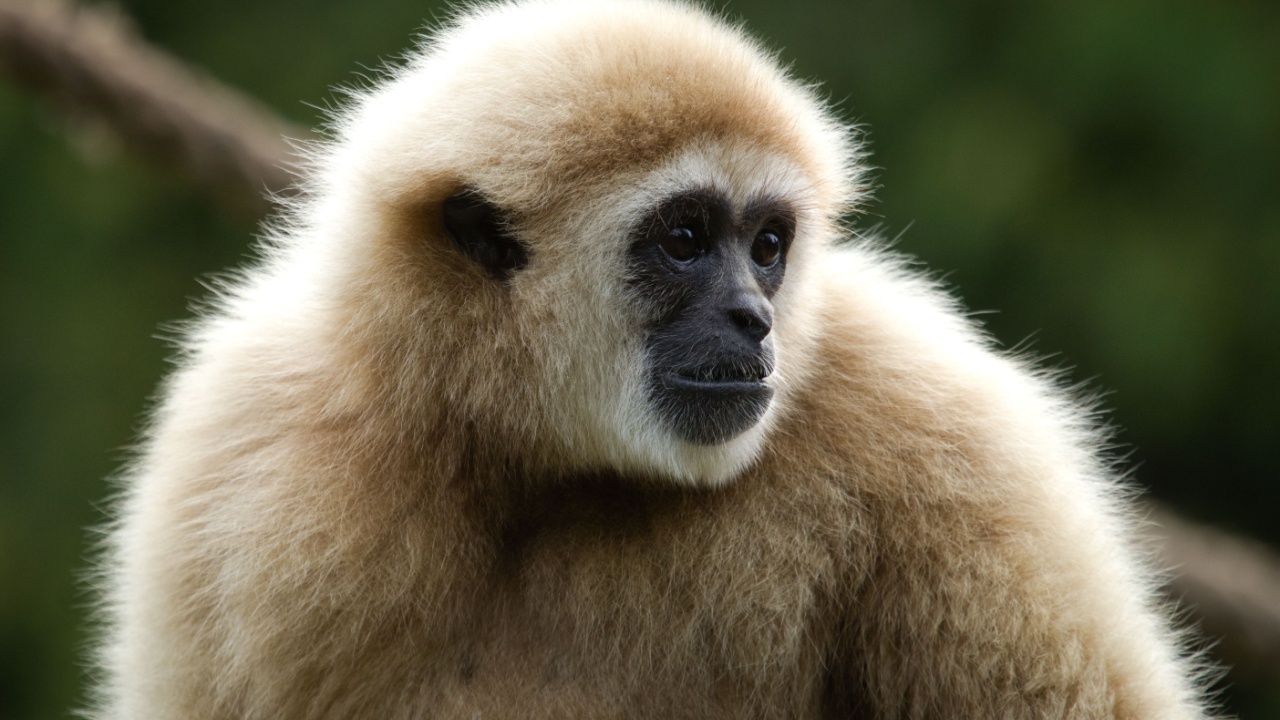
Gibbons, with their long arms and haunting songs, occasionally eat bamboo alongside fruits and leaves. These tree-dwelling primates are a symbol of the Asian forests, their survival heavily dependent on the preservation of their natural habitat.
15. Okapis: The Forest Giraffes
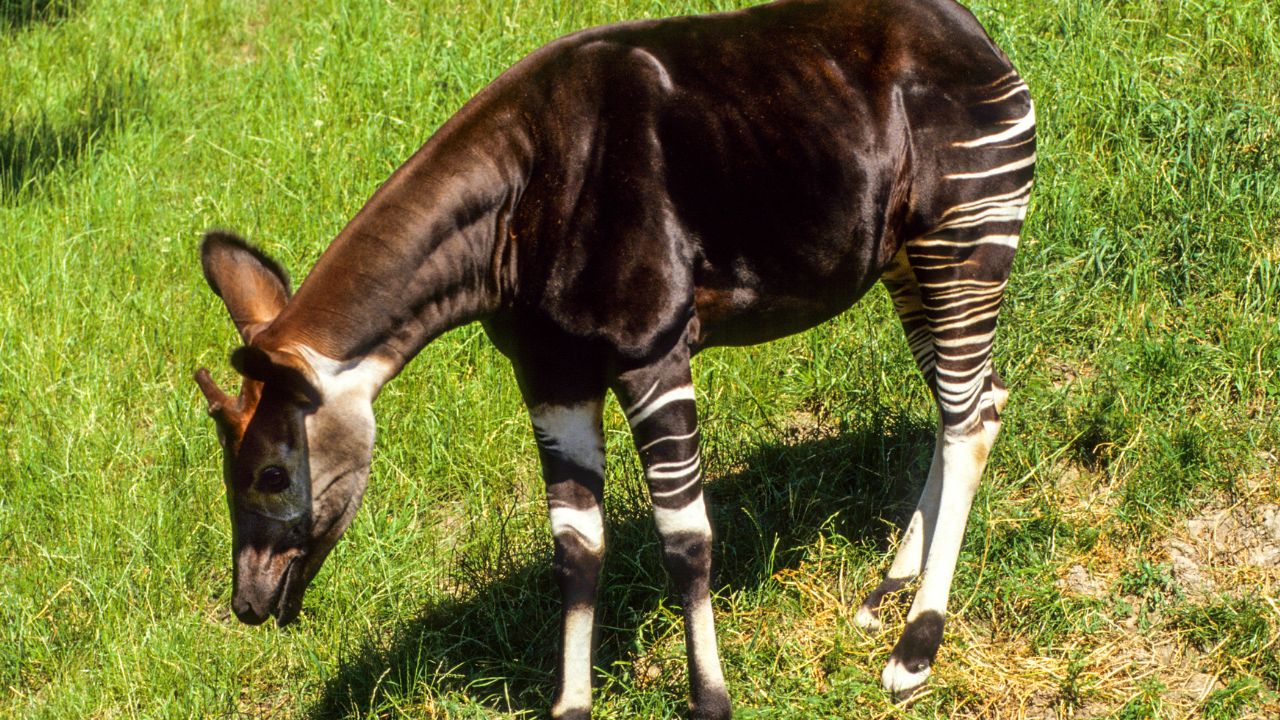
Okapis, with their striking stripes, are known to eat bamboo in captivity, although it’s not a primary food source in the wild. These elusive relatives of the giraffe face a world of challenges, from habitat loss to poaching.
Frequently Asked Questions
1. Why do animals eat bamboo if it’s so low in nutrients?
Bamboo is low in nutrients, but it’s abundant and grows quickly, making it a reliable food source for animals with the right digestive systems. These animals have adapted to extract the necessary nutrients from bamboo, often consuming large amounts to meet their dietary needs.
2. How do animals cope with the cyanide found in some bamboo species?
Some animals, like the Bamboo Lemur, have evolved specific adaptations that allow them to neutralize or tolerate the cyanide found in bamboo. Their bodies process these toxins in ways that would be harmful or fatal to other species.
3. Are all bamboo-eating animals at risk due to habitat loss?
While not all are critically endangered, many bamboo-eating animals face threats from habitat loss, fragmentation, and degradation. Preserving their habitats is crucial for their survival, as it ensures they have the necessary space and resources to thrive.
4. Can these animals switch to other food sources if bamboo becomes scarce?
Some animals, like the Golden Monkey and Tanuki, have varied diets and can adapt to other food sources. However, specialists like the Giant Panda and Greater Bamboo Lemur are more vulnerable because of their heavy reliance on bamboo.
5. How can we help protect bamboo-eating animals?
Supporting conservation efforts, advocating against deforestation, and promoting sustainable practices can help protect these animals. Educating others about their plight and the importance of biodiversity also contributes to their preservation. Additionally, supporting organizations working on the ground to protect these species and their habitats can make a significant difference.
Becky is a fervent wildlife enthusiast and pet care expert with a diploma in canine nutrition. Her love for animals stretches beyond the domestic, embracing the wild tapestry of global fauna. With over a decade of experience in animal welfare, Becky lends her expertise to OutlandishOwl through insightful articles, captivating wildlife information, and invaluable guidance on pet nutrition. Her work embodies a deep commitment to understanding the intricate lives of animals and a passion for educating others on sustaining natural habitats. Becky's hands-on conservation efforts and her knack for translating complex dietary science into practical pet feeding tips make her an indispensable voice for creatures great and small.

